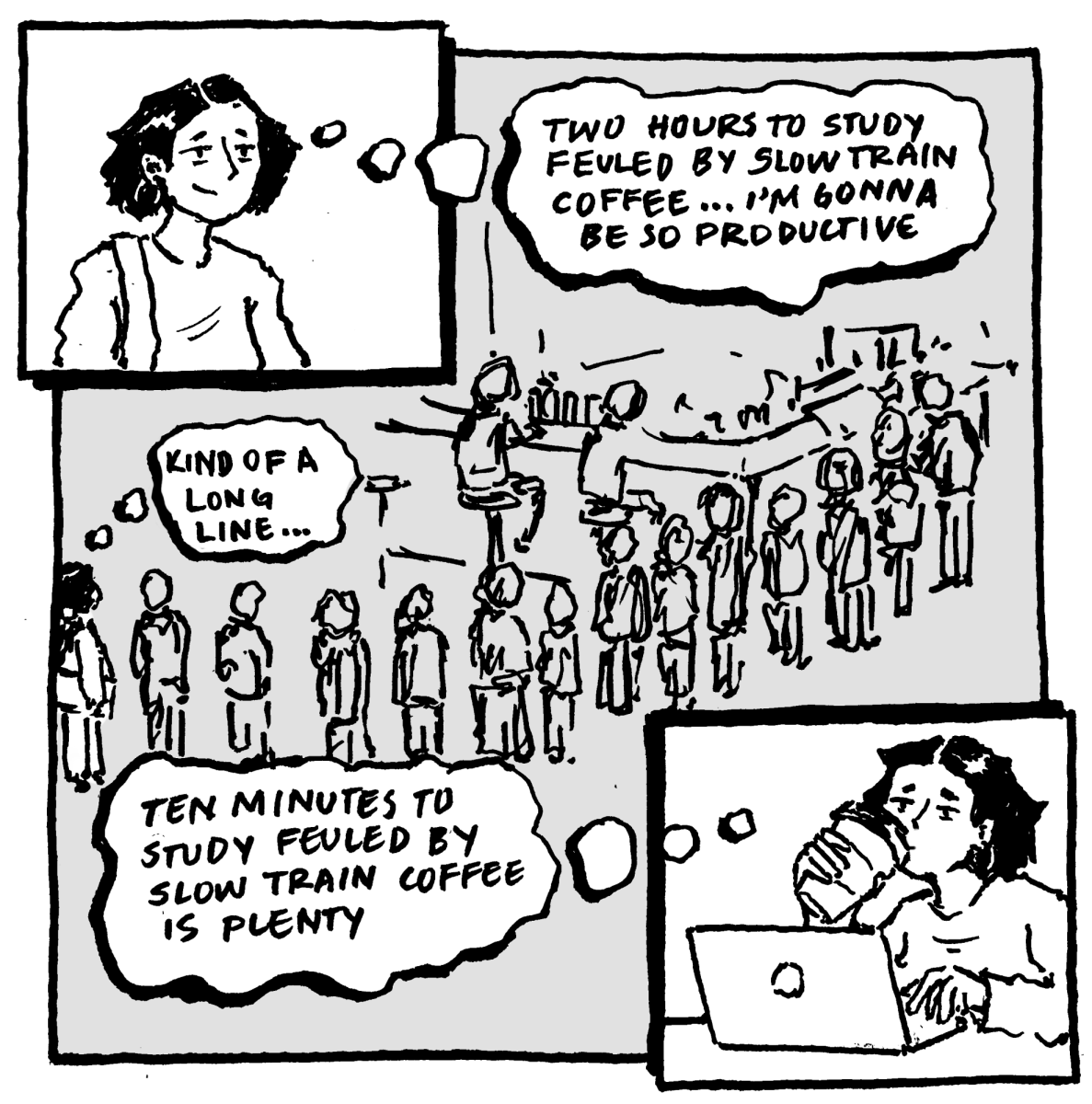I, as I’m sure was the case with many Oberlin students, spent my Tuesday night watching the presidential debate between Vice President Kamala Harris and former President Donald Trump. Following the altogether embarrassing June debate between Trump and President Joe Biden, a lot was riding on this event for both parties. This debate followed, for the most part, the same rules agreed upon by the Commission on Presidential Debates for the one in June, with the addition that a pool of journalists would be able to hear what muted candidates were saying.
Going into the debate, I truly did not know how things were going to play out. In June, I suspected that the lack of audience would greatly injure Trump’s performance, given that he thrives as a performer in front of live audiences. I thought the new muting rule would remove his former strategy of interruption, ultimately weakening his performance and creating a focus on his individual stances. However, this lack of interruptions played to his advantage, as the focus was instead on President Biden’s more than disappointing performance instead of the rude interference of Trump’s rambling.
So, how would this format work for a new pairing of candidates?
Eliminating the live audience is perhaps one of the best decisions we’ve seen for a presidential debate. Gone are the days of candidates playing to the crowd, gauging real-time reactions, or relying on applause lines to build momentum. For Trump, this removes a key element of his political toolkit. His rallies and previous debate performances have often fed off the energy of supporters, using crowd reactions to amplify his message and intimidate opponents. When he stands against a more competent opponent, such as Harris, the focus now returns to his lack of plan—or should I say his “concept of a plan.” While I do miss questions from undecided voters, a segment I believe should be brought back in some capacity, the lack of audience provides a central focus of the candidates’ words and not their personas. This change led to a more substantive debate, forcing both candidates to rely solely on the strength of their arguments rather than playing to the crowd.
As viewers, we too are tested by this new format. Without the cues of a live audience, we must form our own, unmediated opinions. The absence of crowd reactions allows us to focus on the content of the candidates’ argument rather than being swayed by the immediate responses of others. However, this format also places a greater responsibility on us to be informed and critical viewers. Without the candidates relying on audience momentum, we should be prepared to fact-check claims ourselves and assess the accuracy of statements made in the heat of the moment.
One of my biggest issues with the muted mic debate format is that, at least in this instance, they failed to effectively mute the candidates. As soon as one of them started an unprompted rebuttal, their mics would be turned back on. These remarks were much less disruptive than in former debates featuring the former president, but were still frustrating to watch. The Harris campaign actually called for open mics, believing it would provide “substantive exchanges between the candidates,” according to the Associated Press, but I believe that should be occurring regardless of pointless and often irritating disruptions.
While these new rules present challenges to the candidates and moderators alike, they also offer an opportunity for a more authentic and revealing debate. Watching Trump and Harris navigate this new terrain provided unprecedented insight into their ability to lead under pressure, think on their feet, and connect with the American people — even through the barrier of a television screen. The true measure of success for these debates will not be in their entertainment value, but in their ability to help voters make informed decisions. In stripping away the spectacle, the CPD has placed the focus squarely on the candidates themselves. It’s now up to us, the voters, to rise to the occasion and engage critically with this new format. The future of our democracy may well depend on our ability to do so.








